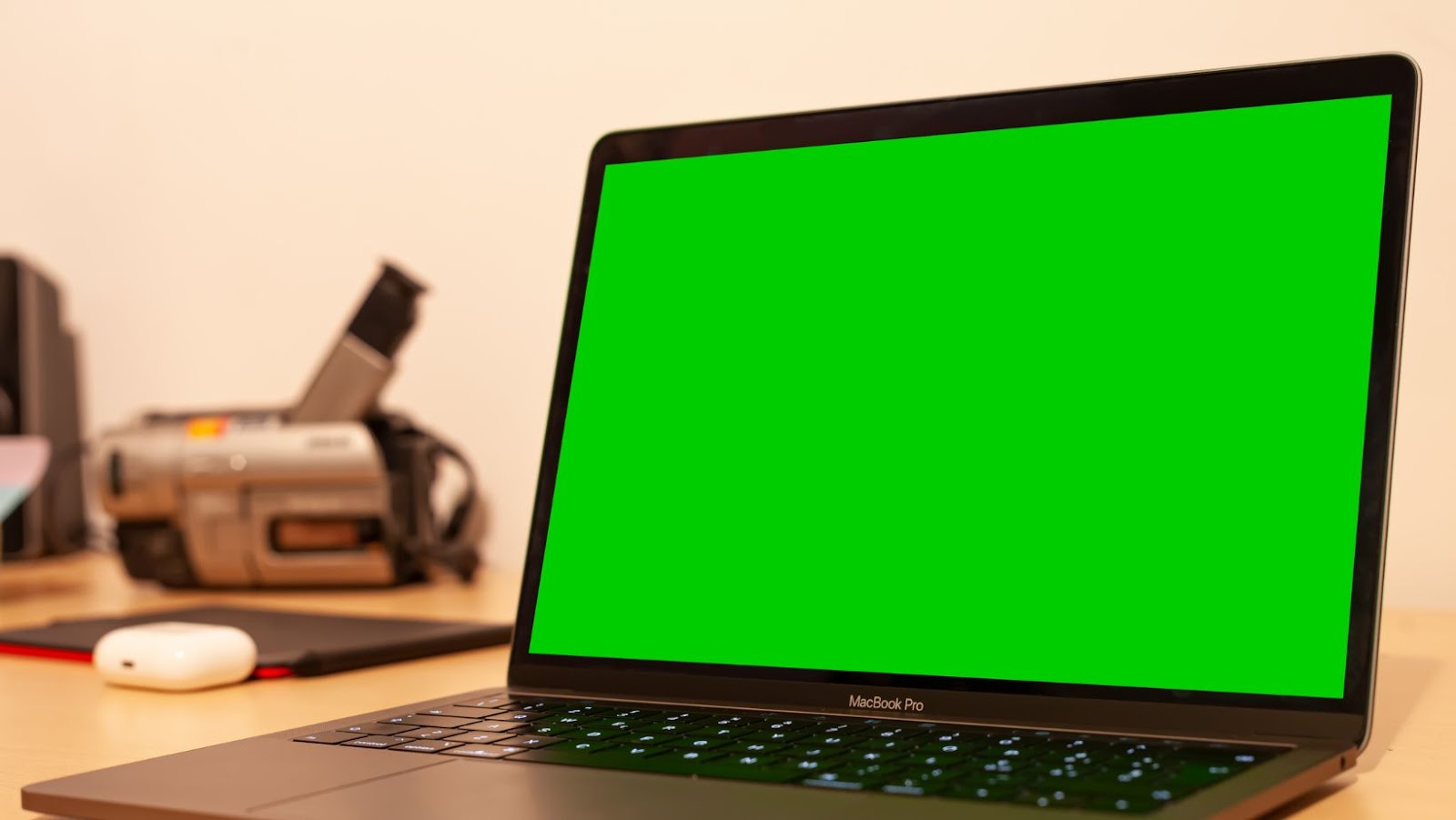Apple recently held a special event to announce new Mac computers, iPad Pro updates, and its upcoming HomePod device. The timing of the event – which was Apple’s first press event of 2020 – was based on strategic considerations for maximum impact and consumer engagement with the products.
Apple chose a time early in the year when consumer mindsets often turn toward health and rejuvenation for the upcoming year. It coincided with the end of CES, helping to give Apple’s event top billing in the media compared to other technology news stories. Additionally, it was intended to steal some thunder from Microsoft’s CES announcement of their Surface Pro X laptop and significant advancements in their Windows 10 operating system updates.
Apple Chief Executive Tim Cook opened the event by introducing several promising updates within Apple’s product lines. He announced that it would mark a new decade “of innovation at Apple” and noted that this was only one part of what Apple has in store for this year. Cook encouraged viewers to stay tuned for more exciting details about upcoming products through 2020, laying out an ambitious goal for upcoming profit returns from revenue driven by investments in new product lines.
Apple Timed New Macs and HomePod to Boost Its Spring Quarter
Apple timed the release of new Macs and HomePod to boost its performance in the spring quarter. The company planned to capitalise on the fact that many consumers were looking to upgrade their technology before the start of the school year. In addition, the launch coincided with the start of the tax refund season, providing a boost to Apple’s sales.
In this article, we’ll dive into the details on how Apple timed the release of their new products to boost its performance during the spring quarter:

Apple’s Spring Quarter Revenue
Apple had a strong second quarter, surpassing expectations and becoming the world’s first company to reach $900 billion in market capitalization. But Apple’s success wasn’t limited just to the traditional holiday period. The company reported that it had the highest March quarter revenue of all time, driven by renewed Macs and HomePods sales in the spring season.
During the quarter ended March 31, Apple reported $61 billion in revenue, which was up 16% from the same period a year ago. The record-breaking figure was largely attributed to strong sales of its new and upgraded Mac laptops, as well as strong sales of its HomePod speakers.
Mac shipments grew 5%, even amid supply constraints for components related to its latest Intel processors for Macs during the quarter. The company also announced five new Mac models at an event held during the month of April 2018 including 12-inch MacBook Air, 13-inch MacBook Pro with Touch Bar, 15-inch MacBook Pro with Touch Bar and Retina Display, iMac Retina 5K Display and iMac Pro available in December 2017.

The HomePod speaker’s launch in early February 2018 was seen as key driver for growth during the spring quarter. It accounted for nearly 3% of overall product revenues growth compared to last year’s March quarter showing that consumers are beginning to embrace smart home devices by Apple. Sales of these devices also contributed towards Apple’s services business which posted an 18% year-over-year increase from last year contributing 32% towards total revenue generated during this reporting period. Strong iPad sales also helped boost overall revenues. All other segments including Wearables such as Air Pods, Apple’s sound accessories were flat for this reporting period.
Factors Behind Apple’s Spring Quarter Revenue
Apple released a range of products at the start of its spring quarter, including significantly upgraded Macs and MacBooks as well as the HomePod speaker. This range of updated devices helped to support Apple’s revenue during the company’s latest financial quarter. Here are some factors that contributed to Apple’s success in the spring quarter.
Pricing: Apple released its new Mac and MacBook designs with a wide variety of prices, allowing customers with different budgets to purchase their updated devices. This was effective in driving sales, with customers that may not have been able to afford an earlier model now being able to take advantage of the new design. Additionally, Apple lowered prices on some older models while allowing customers to trade in older devices for discounts when buying an upgraded version.
Product Design: The updated product designs featured greater power and capabilities than previous models, meaning users could do more with them than before such as editing longer and more complex videos on higher-end models like Mac Pro or engaging with apps using machine learning on a MacBook Pro. This enabled users who needed more power for video editing or for completing business tasks such as software development to upgrade their current machines without sacrificing performance.
Marketing: The marketing campaign accompanying the products had a major impact on how many people bought them – there were numerous news reports about both the hardware improvements offered by these systems as well as programs that allowed organisations who had historically used PCs or Macs switch over without losing performance capability or compatibility. In addition to this, major events such as the WorldWide Developers Conference served to boost customer excitement for all new products and services introduced by Apple in order to spur on sales further.
Timing of New Macs and HomePod
Apple strategically timed the release of its new Macs and HomePod near the end of the Spring quarter, in order to boost the company’s overall sales figures. Launching new products around the holiday season is common among retailers, but Apple was able to leverage the timing of the new Macs and HomePod releases to successfully increase its revenues.
Let’s explore the strategy behind Apple’s timing and how it has impacted their sales:
Timing of New Macs Release
Apple Inc recently announced that its latest range of Mac computers and the newly launched HomePod will be made available to purchase in select markets later this month. The Cupertino-based tech giant has come up with a strategy of timing the release of these products in order to maximise sales while minimising market saturation.
For instance, the launch of the new Mac models occurred just weeks prior to when most students are returning to college and universities which Apple clearly sees as a key target for their products due to its large base of demographic. Additionally, the release will coincide with other Apple products such as the iPad Pro and iPhone 8. Many analysts believe this is an effort to increase cross-product sales and take advantage of their already established customer loyalty.
Furthermore, Apple continued their trend in releasing hardware updates alongside software services such as iCloud storage and Apple Music subscriptions. This strategy appears to be centred around providing customers with complete bundles rather than just limited hardware updates on their own.

It would appear that one of Apple’s main aims with this particular launch is to capitalise on customer convenience by making it easier for those wishing to upgrade their Mac computers or start using HomePod right away without searching out extra accessories elsewhere. It appears that Apple’s strategy has paid off so far as pre-orders have exceeded initial projections in many countries around the world since they were made available last week.
Timing of HomePod Release
The HomePod was released just days before Apple’s Worldwide Developers Conference (WWDC) in June 2018. This timing allowed for the introduction of the new product to coincide with one of Apple’s biggest events of the year, when developers and technology experts gathered for a week-long event featuring product releases and updates.
This timing not only allowed for more press coverage, but also put the HomePod at the forefront of conversations among tech-savvy attendees at WWDC. The company’s decision to launch its new product within such close proximity to a major event also presented an opportunity for app developers to explore potential integrations with HomePod and begin incorporating them into their existing products.
From a marketing perspective, timing the release of HomePod just before WWDC paid off – the creation was met with excitement from not only attendees but also consumers around the world. This excitement translated into sales success; Apple reported tremendous growth in HomePod shipments during its Q4 2018 earnings report, demonstrating that launching within close proximity to an industry event had been worth it.
Impact of Timing
Apple’s strategy of timing the release of its new Macs and HomePod proves to be effective in boosting the company’s performance during the spring quarter. Analysts view the timing of the new products as a key factor in the company’s success in the quarter.
Let’s dive into the details of how Apple timed the release of new Macs and HomePod and the impact it had on the company’s performance.
Impact of Timing New Macs Release
Apple timed the release of its new Macs and HomePod with the start of the holiday shopping season, a closely watched launch window for the company. The results were positive: customers bought more Macs than ever before, setting another all-time record for the company. The timing of this launch had a significant impact on Apple’s sales numbers.
There are several factors that contributed to this successful launch timing, including an aging product line that had gone without an update for over two years. By releasing updated products just in time for the start of peak holiday shopping, Apple was able to give more customers an opportunity to get their hands on these products and attract more buyers.
The timing of a new product launch is critically important because it can greatly influence customer demand and market shares. In order to maximise sales potential, companies must carefully study past trends, current market conditions and competitor actions. By doing so, they can determine which window or specific date offers optimal opportunities for marketing their product across multiple channels and increase demand within their target audience.
Furthermore, since strong performing campaigns tend to make noticeable waves within industry circles – companies must factor in external benchmarks such as news stations where media releases need coordination in different territories from one origin source across different platforms. Also promotional commercials or celebrity endorsements should be factored into timeline as well as other variables like logistics involved in ensuring product is delivered at the right time needed upon purchase (for example Amazon Prime deliveries).
It’s clear that Apple’s decision to time its release around the holiday season proved beneficial in terms of overall sales performance and has led to wider acceptance by consumers who appreciate its quality products that match up with good timeliness elements seen with technology devices nowadays.
Impact of Timing HomePod Release
Apple timed the release of the HomePod carefully to coincide with their new Macs. This was a savvy move because it resulted in increased publicity for their new products and had the effect of generating more excitement and interest in their devices among potential customers.
While the decision to introduce new Macs and HomePod at the same time was wise, it’s important to consider the potential consequences of releasing this type of product when market conditions are uncertain. Apple is a market leader and they need to be aware that timing is critical when introducing any new product – not only could sales be impacted by marketing decisions, but also by external factors such as economic uncertainty, industry trends and customer sentiment.
Therefore, it’s essential that Apple takes into account these external factors when developing product launch strategies, ensuring that their timing does not conflict with any emerging trends or unforeseen events. This will give them an advantage over competitors and make sure that they remain at the forefront of technological progress. By taking into account current conditions, companies can begin to understand how to maximise impact from launch activities – including media coverage, promotional campaigns and partnerships – as well as fully prepare for success in upcoming launches.

